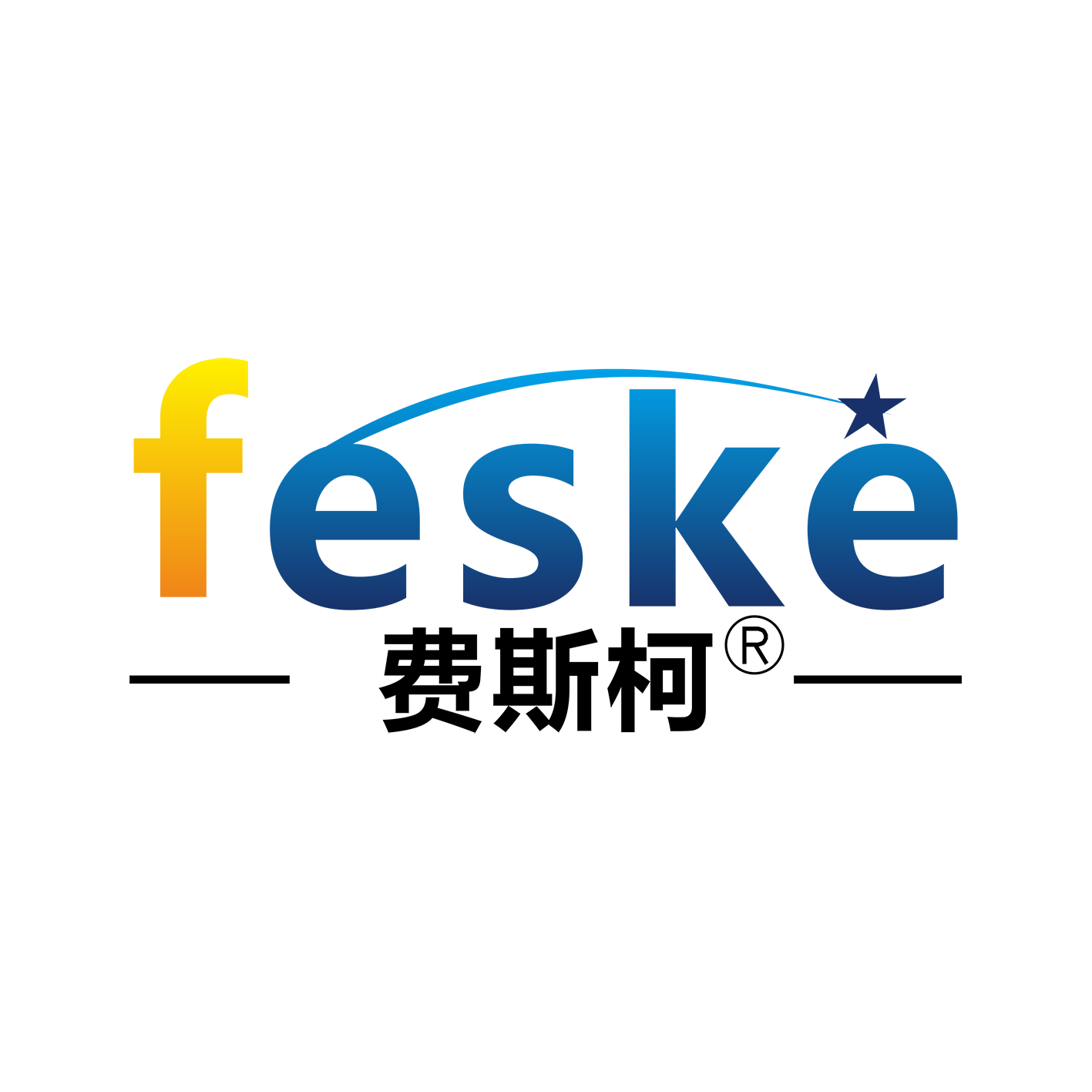Five Core Trends of Future Industrial Manufacturing
I. Hyperautomation Reshapes Production Paradigm
Under the wave of Industry 4.0, the automotive manufacturing and aerospace fields have taken the
lead in achieving breakthroughs in "dark factories". According to an Accenture report, factories in 2040
will have the ability to self-optimize and make real-time decisions. Through AI-driven optimization and
digital twin technology, the warehouse robots of the German KION Group can autonomously respond
to demand fluctuations. BMW's "iFactory" reduces downtime by 40% through virtual simulation,
confirming the industry prediction that "90% of production is completed in the virtual world".
II. New Ecology of Human-Machine Collaborative Evolution
Embodied intelligent technology promotes the evolution of manufacturing towards "unmanned",
and the global installed capacity of industrial robots exceeds 500,000 units/year. But the more critical
change lies in the reconstruction of the human-machine relationship-Jaguar Land Rover invests $25
million annually to train employees to master AI collaboration skills, and the demand for new positions
such as digital process planners has surged. A Siemens factory has reduced the defect rate from 5%
to 1.2% through AI optimization system, demonstrating the practical value of human-machine
co-intelligence.
3. Green manufacturing becomes the law of survival
China plans to build more than 10,000 green factories by 2035, and achieve a steady decline in carbon
emissions. Mercedes-Benz's "Digital First" project reduces energy consumption by 18% through energy
management systems, while China Telecom's "Wing Energy Saving" products optimize the PUE value
of data centers to below 1.25. Tax policies also lean towards clean production, and green tax
exemptions for the manufacturing industry will reach 415.8 billion yuan in 2024.
4. Flexible response to market trends
JD's "Asia No. 1" warehouse achieves a throughput of 200,000 pieces per hour through AI visual sorting,
with an accuracy rate of 99.99%. The industrial Internet platform enables order changes to be
transmitted to the production line in real time. After a composite material company in Chongqing
applied 5G+AI quality inspection, the yield rate increased to 98%. Walmart's AI prediction system has
increased inventory turnover by 25%, demonstrating the potential for supply chain agility.
5. Global collaborative innovation network
The Chengdu-Chongqing region has formed a complete new energy vehicle industry chain by taking
over the industrial transfer from the east. Germany's "Industry 4.0" and China's Made in China 2025
strategy are deeply connected, and breakthroughs have been made in the standardization of industrial
Internet of Things protocols. Zhenkunxing and other platforms have achieved 8,500 cross-border
orders per day through smart warehouses, promoting the globalization of MRO procurement



